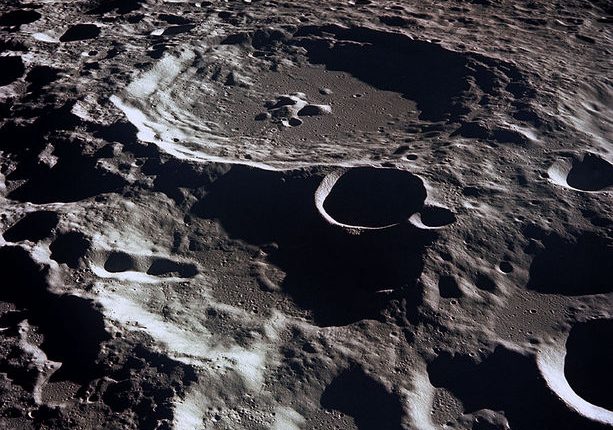Data from Chinese lunar mission Chang’E 1 and 2 have helped scientists publish a new study where they identified multiple new craters on the surface of the moon. In this new study, which has been published in the Nature journal, Chinese scientist Chen Yang and her team estimated that there are at least 109,956 new craters on the moon. This number dwarfs the previous estimate, and shows that there is still a lot that we don’t know about our nearest astronomical neighbor.
The craters were discovered in the low- and mid-latitude regions of the moon using artificial intelligence (AI) that was fed data collected by Chinese lunar orbiters. The study claims that most of these newly discovered craters are medium or small in size (0.6 to 60 miles in diameter). The artificial intelligence also detected some larger and irregular shaped craters, some of 341 miles in diameter, that had eroded.
Yang and her team used the method of machine learning to identify these new craters. In Machine learning, you feed data to an algorithm, which then makes predictions for you based on the input. The team of scientists trained a neural network, by providing information about thousands of previously identified craters. Then, the network was given the input from data collected from Chang’e-1 and Chang’e-2 lunar orbiters, revealing 109,956 additional craters on the moon’s surface.
The publishers of the study said that studying these craters will help them understand the history of the solar system.
Study lead author Chen Yang, an associate professor of Earth sciences at Jilin University said that these craters are the lunar equivalent of fossils, and “are the most dominant lunar surface features and record the history of the Solar System.” Fossils, on Earth, are used to study signs of evolution and help give us an idea of what Earth’s history was like. Thus, with the help of these ‘lunar fossils,’ scientists will be able to dive deeper into Moon’s history as well.
Impact craters are formed during meteor strikes. The size of these craters can vary and the craters can also overlap or erode over time. These factors make identifying and studying these craters extremely difficult and time-consuming.
Initially, the number of dated craters was only 1411 out of 7895 recognized craters. The new study also claimed the formation systems of 18,996 newly detected craters larger than 8 km are estimated.
Chang’E 1 and 2 are unmanned spacecraft launched in 2007 and 2010, respectively. Earlier this month Chang’E 5 landed on the lunar surface to collect some rocks and bring them back for scientists to study.





